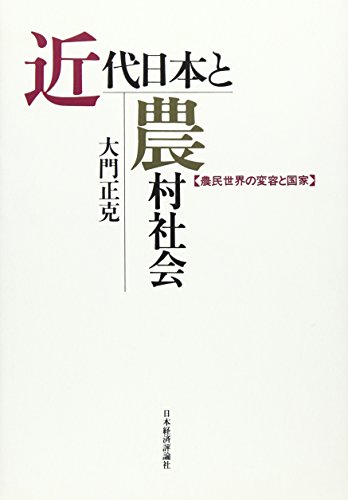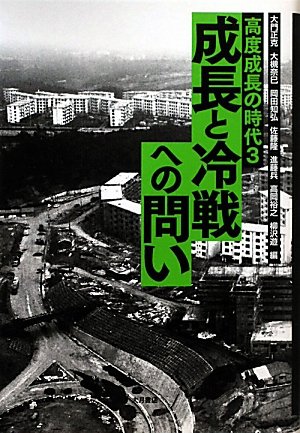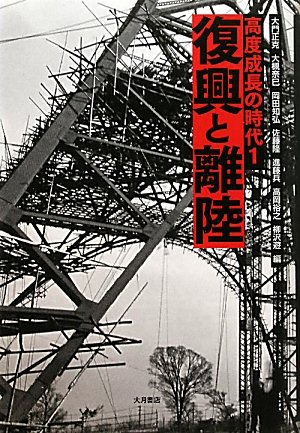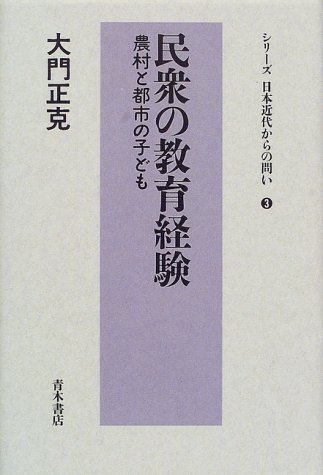- 著者
- 大門 正克
- 出版者
- 政治経済学・経済史学会
- 雑誌
- 歴史と経済 (ISSN:13479660)
- 巻号頁・発行日
- vol.62, no.3, pp.18-28, 2020-04-30 (Released:2022-04-30)
- 参考文献数
- 20
The purpose of this study is to perform dynamic analyses of the relationship between corporate society during the high‒growth period of the Japanese economy and modern family (homemakers) in order to identify the connection between labor‒force reproduction and lifestyle. This paper analyzes “Nittsu Dayori”, the internal newsletters published by Nippon Express Co., Ltd. and “Nittsu Rodo”, its labor’s press. “Nittsu Dayori” describes the ideal images of its employees and their wives. It also demands that wives should manage family life, paying attention to such areas as the safety of husband, their health, and hygiene, understanding the company business, and taking care of children’s education, family health, hygiene, and housework. One of the messages posted in “Nittsu Dayori” by a homemaker pictures her efforts to please her husband who is tired from work and in a bad mood.The asymmetric image of husband and wife is also shown in “Nittsu Rodo”. Housewife norms and her daily practice in life played an important role in labor‒force reproduction during the high‒growth period of the Japanese economy, and remains to a great extent in current Japanese society.
2 0 0 0 民衆の教育経験 : 戦前・戦中の子どもたち
2 0 0 0 「生存」の東北史 : 歴史から問う3・11
- 著者
- 大門正克 [ほか] 編
- 出版者
- 大月書店
- 巻号頁・発行日
- 2013
- 著者
- 大門 正克
- 出版者
- 法政大学大原社会問題研究所
- 雑誌
- 大原社会問題研究所雑誌 (ISSN:09129421)
- 巻号頁・発行日
- no.589, pp.1-16, 2007-12
1 0 0 0 高度成長期の「労働力の再生産と家族の関係」をいかに分析するか : 大企業社内報を主な史料にして (大会報告・共通論題 「生きること」の経済史学 : 「再生産と生活の接点」に視点をあわせて)
- 著者
- 大門 正克
- 出版者
- 政治経済学・経済史学会 ; 2002-
- 雑誌
- 歴史と経済 = the journal of political economy and economic history (ISSN:13479660)
- 巻号頁・発行日
- vol.62, no.3, pp.18-28, 2020-04
- 著者
- 大門 正克
- 出版者
- 東京歴史科学研究会
- 雑誌
- 人民の歴史学 (ISSN:03857875)
- 巻号頁・発行日
- no.147, pp.24-31, 2001-04
- 著者
- 大門 正克 柳沢 遊
- 出版者
- 土地制度史学会(現 政治経済学・経済史学会)
- 雑誌
- 土地制度史学 (ISSN:04933567)
- 巻号頁・発行日
- vol.38, no.3, pp.28-47, 1996-04-20 (Released:2017-12-30)
- 被引用文献数
- 1
This paper aims to clarify the man-power mobilization scheme implemented in the war-time (1937-45) to transfer labour from non-military section to the army and munitions industry section, particularly focusing at its impact on the two main sources of extracted labour, namely rural peasant and urban trading population. With the escalation of the war since 1937, recognizing the importance of increasing food production, the government officially excluded peasant families from the mobilization program in 1941. However, the extraction from peasants did not completely stop but in fact continued in the form of requisition and conscription. The peasant families from which adult males were extracted had to cope with this difficulty by increasing the role of female members in the farm management and operations. The impact on urban traders was greater. In 1941, for the purpose of reorganizing the goods-circulation system (Sangyo-Saihensei) and mobilizing labour force into munitions industries, the government started a policy to convert retail merchants to factory workers. While in the earlier stage merchants managed to fill such demand for labour by inducing their shopboys to switch jobs to factory workers, in the later period shop owners themselves had to temporarily serve in factories as voluntary workers (Kinro-Hokokutai). Though they tried to survive their own business by making full use of their family labour, the majority were obliged to close down their shops when the 'Drastic Mobilization Scheme' was set in force in summer 1943. The war-time labour mobilization considerably weakened such abilities of families and family business as to support and educate family members and to succeed and maintain traditional skills. This implies that these roles having been played by families were to be substituted either by government's social welfare activities or by welfare facilities provided by big companies. Thus, the war-time labour mobilization, while relying upon the families and family business as their main sources of man power, caused a considerable change in the function of families.
1 0 0 0 近代日本と農村社会 : 農民世界の変容と国家
1 0 0 0 成長と冷戦への問い
- 著者
- 大門正克 [ほか] 編
- 出版者
- 大月書店
- 巻号頁・発行日
- 2011
1 0 0 0 復興と離陸
- 著者
- 大門正克 [ほか] 編
- 出版者
- 大月書店
- 巻号頁・発行日
- 2010
- 著者
- 大門 正克
- 出版者
- 青木書店
- 雑誌
- 歴史学研究 (ISSN:03869237)
- 巻号頁・発行日
- no.886, pp.29-41,63, 2011-11






